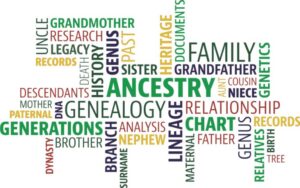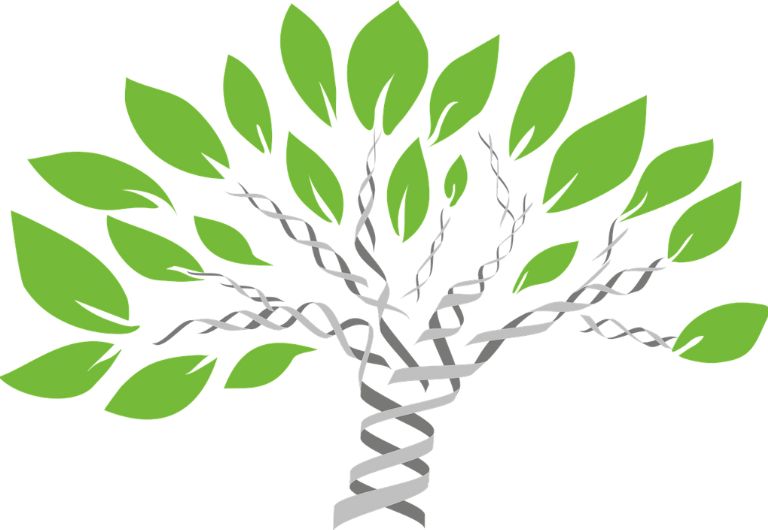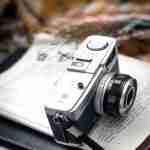Most people have their DNA done to see what they are “made of”, which is fun to do, and it can end there, but for me I wanted not to just know where I came from, but I wanted to know my ancestors. I didn’t know this is what I wanted when I first did my spit sample.
Many of our family members have had their DNA done at about the same time and I am the one that was maybe “chosen” to bring our ancestors “to life” so to speak for the rest of the family to get to know them. I am the one that is telling our family story or preserving our story to pass on to future generations.
I have taken DNA as being a “fun thing to do” and have now changed it to be a “useful tool” in building my ancestry/genealogy tree. By changing its purpose, it is now one of my many genealogical tools I use to confirm or discover my ancestors.
My Story & Finding Ancestry.com:
I was given a DNA gift in 2009 with 23andme DNA company and even though this company is great for learning about health, heritage, and about some of my DNA cousins. 23andme does not let me build a detailed and more personable tree for the more serious family genealogist.
I do not remember how or why I chose Ancestry, but I am glad I did. I know I didn’t discover about the free FamilySearch until later or I might have tried building a free tree first.
Ancestry does have great tree building capabilities and a good database search engine and if you have your DNA with them, they match your DNA into your tree that you have built and show you your Thrulines, basically a shortcut showing how your DNA cousins match in your tree.
I also like that Ancestry allows a software called Family Tree Maker to sync with your Ancestry tree. Family Tree Maker allows you to keep a hardcopy of your exact ancestry tree on your computer and you can do so much more with your tree. I will go into more detail about this in a later blog.
The only thing I am not happy about with Ancestry it does not let you upload DNA from other companies. I had to do my DNA again as I wanted my DNA to match in my DNA cousin trees.

Things to Consider When Starting a Tree:
- Pay attention to ease of use and how it is presented because once your tree becomes too large with either adding your own documents/photos or from adding the documents directly from the ancestry web-based company it will be hard to switch to a new company.
- Most ancestry companies will give you a two-week trial period.
- Most libraries have a genealogy room where they offer free access to ancestry websites. As a guest on Ancestry, you can add to your tree, but you can’t view the “member only” records. You can still add your own documents that you find.
- LDS Family History Centers are all around the world and you have direct access to FamilySearch and while at the center it also offers free public access to premium websites like: Ancestry, Fold3, Newspapers.com to name a few. You can also access FamilySearch at home.
Wrap-up: DNA & Tree
Only you know what you want from the ancestry company, but the main thing is to start your tree so you can start using your DNA as a tool for your tree.
By using your DNA as a tool, the focus of your tree is where it should be to help take the mystery out of your tree and this allows you to document and to preserve your family history for the future generations.
Your tree will be backed by solid evidence that is source and cited that includes documents from census, birth, and death records, wills, obits and your DNA.
If you would like to read more articles about genealogy, please visit my homepage: https://www.nancydrugenealogy.com/.


